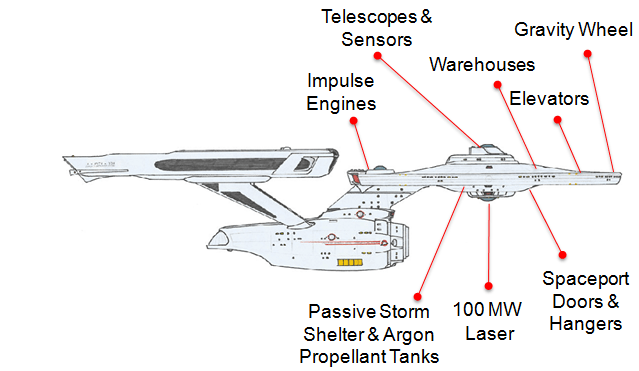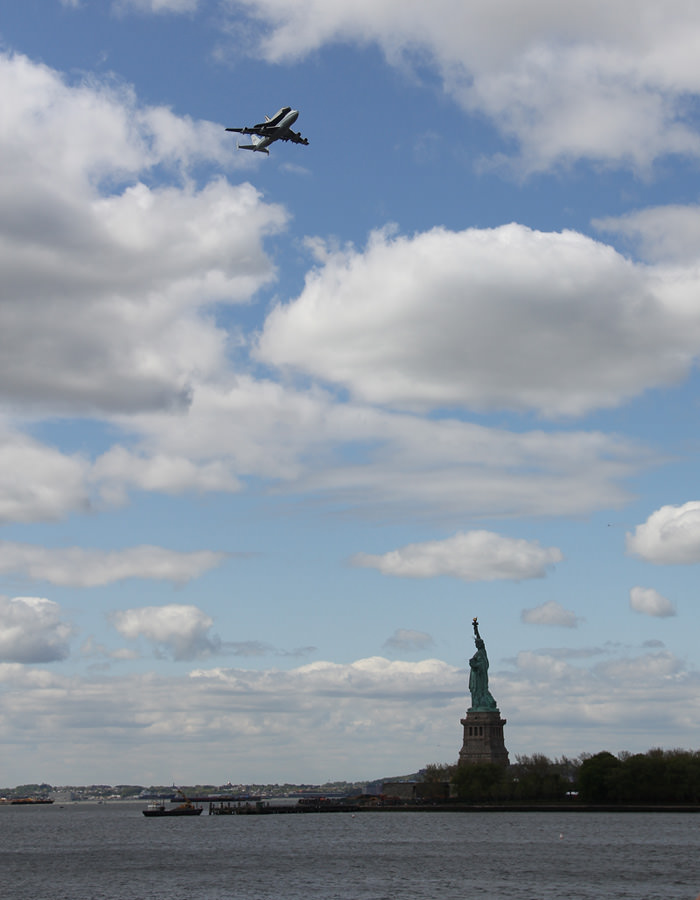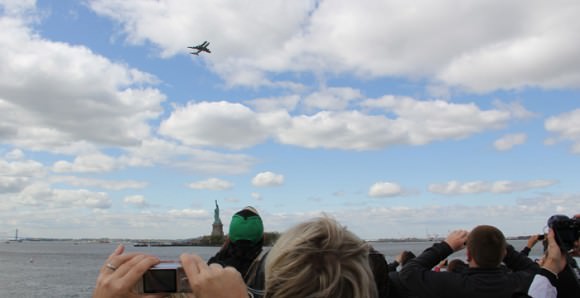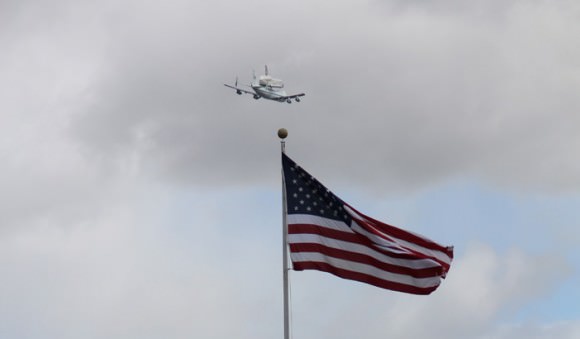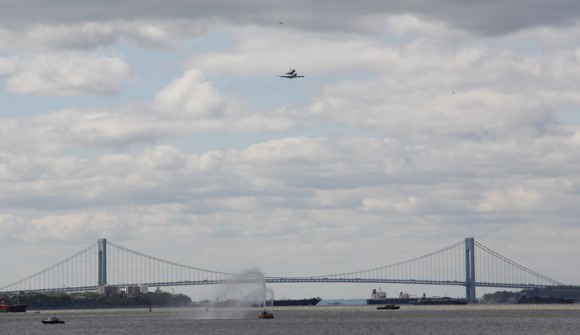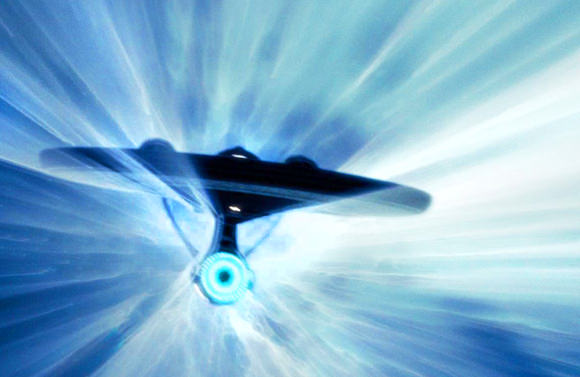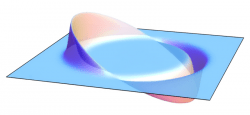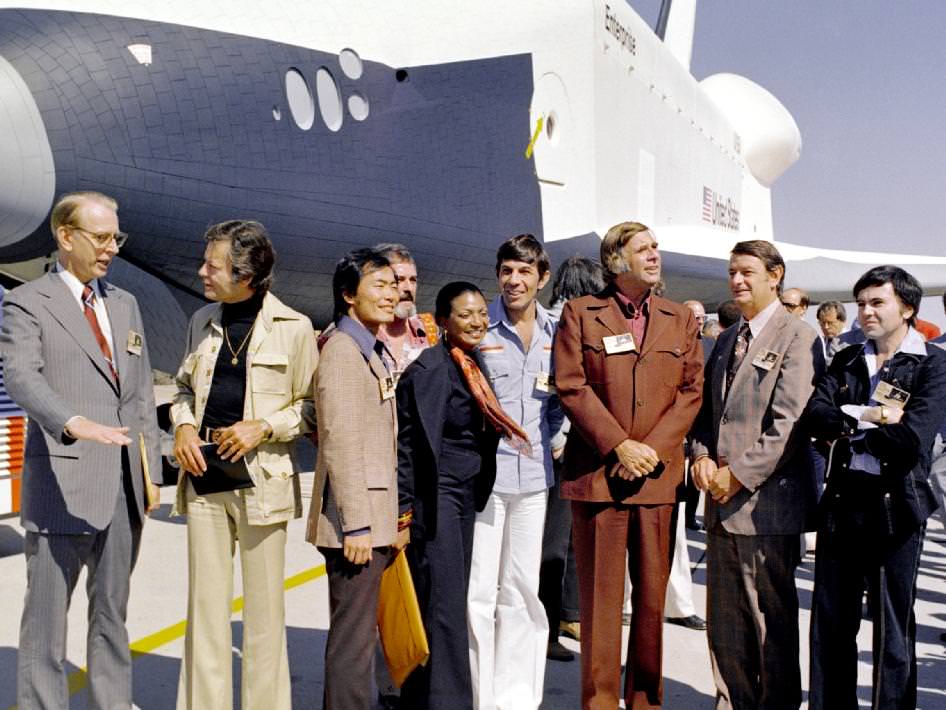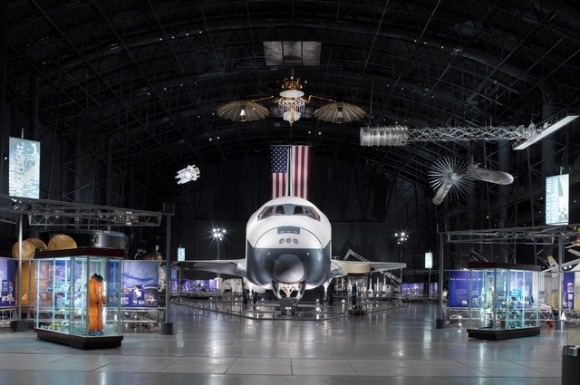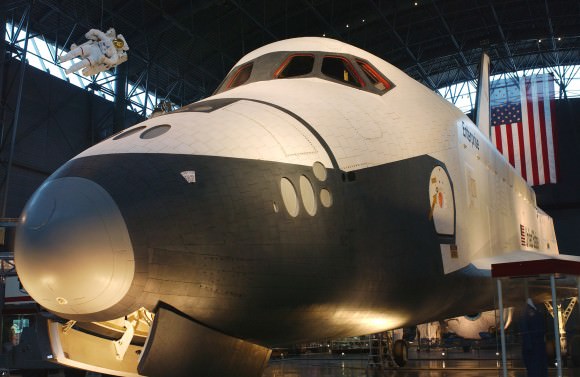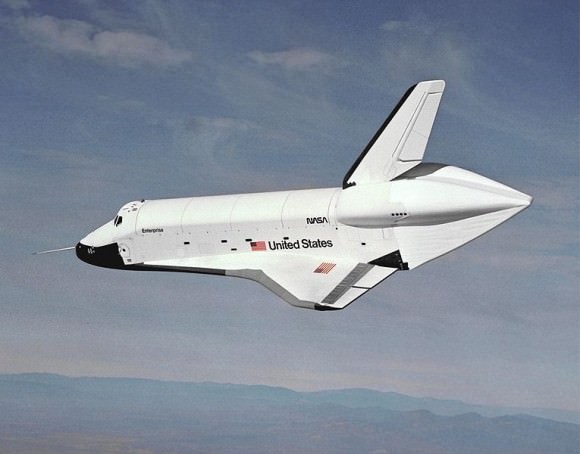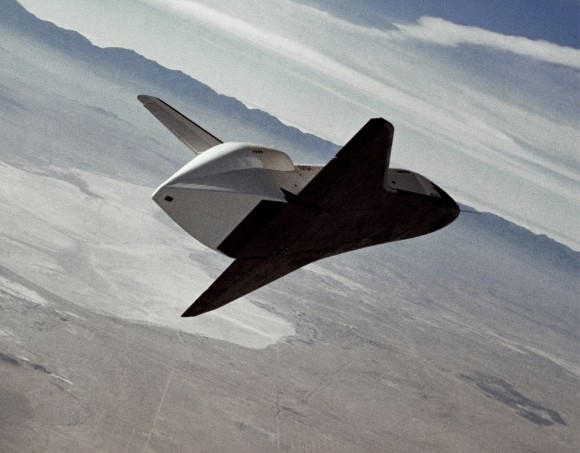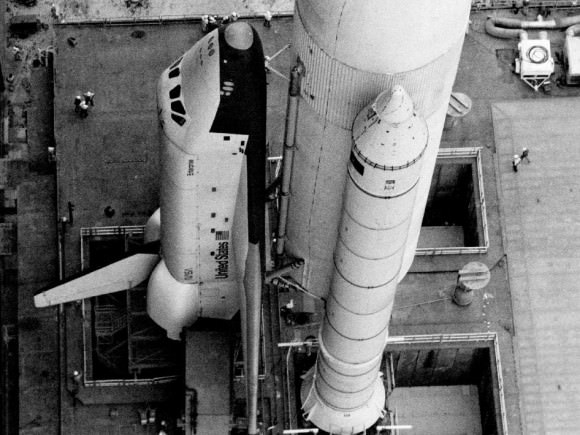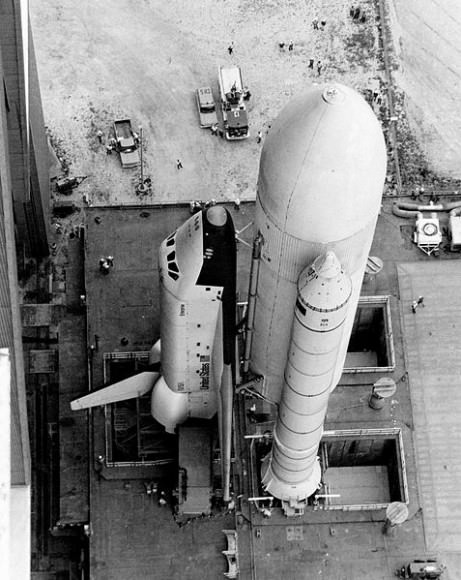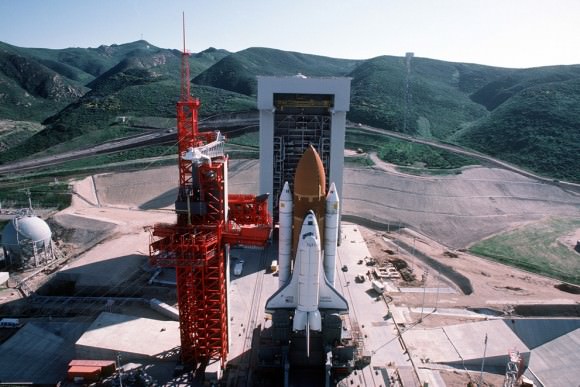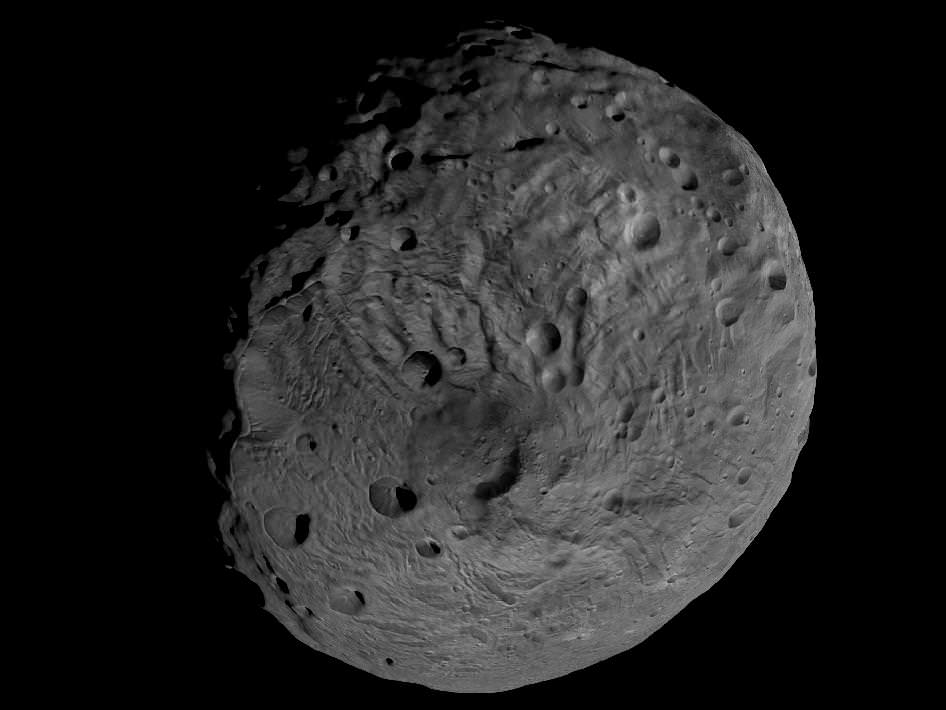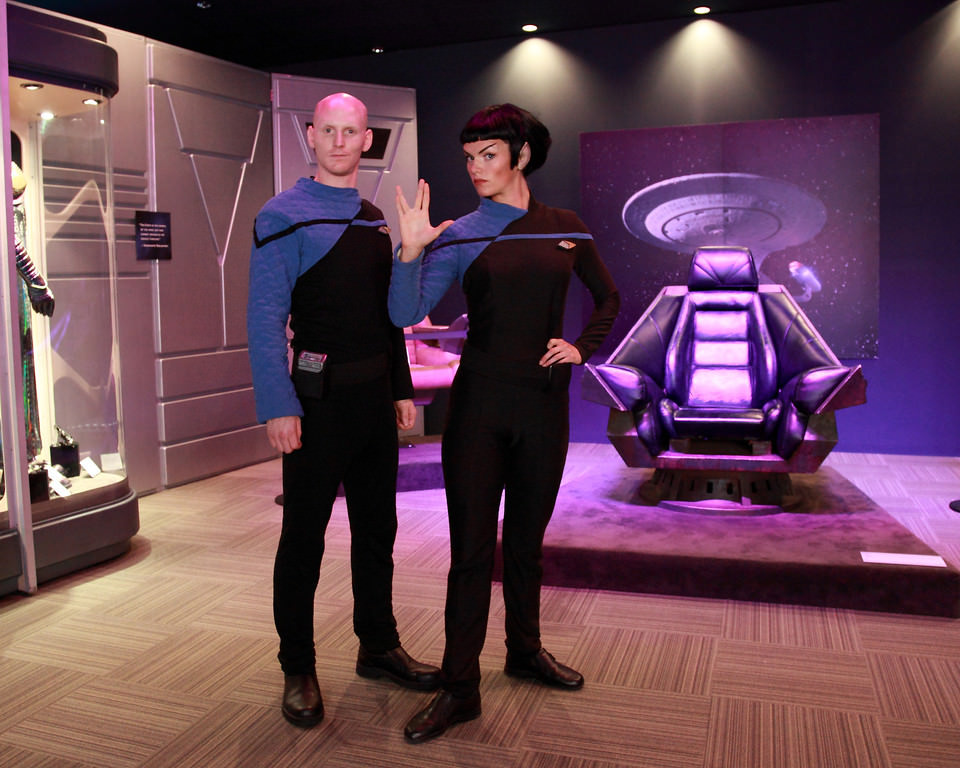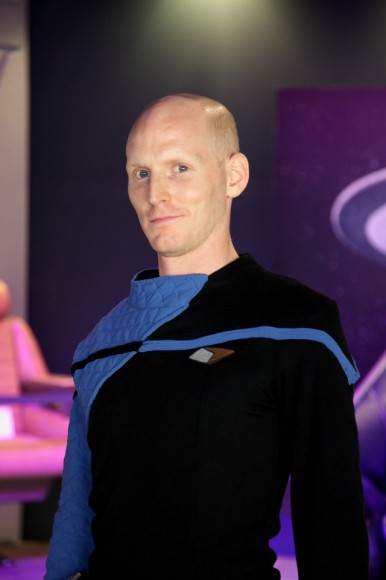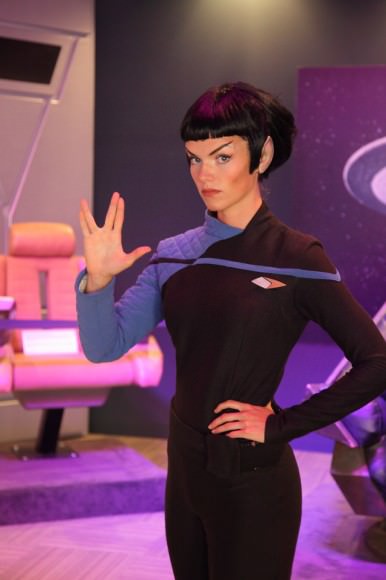[/caption]
In Star Trek lore, the first Constitution Class Starship Enterprise will be built by the year 2245. But today, an engineer has proposed — and outlined in meticulous detail – building a full-sized, ion-powered version of the Enterprise complete with 1G of gravity on board, and says it could be done with current technology, within 20 years. “We have the technological reach to build the first generation of the spaceship known as the USS Enterprise – so let’s do it,” writes the curator of the Build The Enterprise website, who goes by the name of BTE Dan.
This “Gen1” Enterprise could get to Mars in ninety days, to the Moon in three, and “could hop from planet to planet dropping off robotic probes of all sorts en masse – rovers, special-built planes, and satellites.”
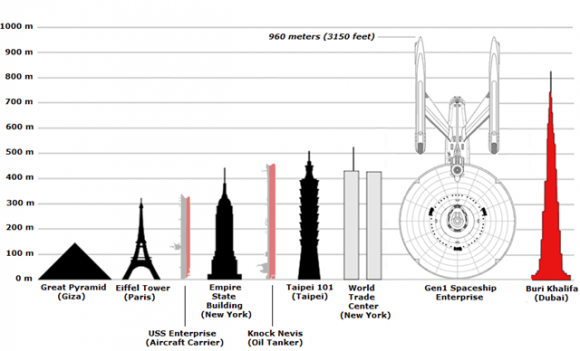
Complete with conceptual designs, ship specs, a funding schedule, and almost every other imaginable detail, the BTE website was launched just this week and covers almost every aspect of how the project could be done. This Enterprise would be built entirely in space, have a rotating gravity section inside of the saucer, and be similar in size with the same look as the USS Enterprise that we know from Star Trek.
“It ends up that this ship configuration is quite functional,” writes BTE Dan, even though his design moves a few parts around for better performance with today’s technology. This version of the Enterprise would be three things in one: a spaceship, a space station, and a spaceport. A thousand people can be on board at once – either as crew members or as adventurous visitors.
While the ship will not travel at warp speed, with an ion propulsion engine powered by a 1.5GW nuclear reactor, it can travel at a constant acceleration so that the ship can easily get to key points of interest in our solar system. Three additional nuclear reactors would create all of the electricity needed for operation of the ship.
The saucer section would be a .3 mile (536 meter) diameter rotating, magnetically-suspended gravity wheel that would create 1G of gravity.
The first assignments for the Enterprise would have the ship serving as a space station and space port, but then go on to missions to the Moon, Mars, Venus, various asteroids and even Europa, where the ships’ laser would be used not for combat but for cutting through the moon’s icy crust to enable a probe to descend to the ocean below.
Of course, like all space ships today, the big “if” for such an ambitious effort would be getting Congress to provide NASA the funding to do a huge 20-year project. But BTE Dan has that all worked out, and between tax increases and spreading out budget cuts to areas like defense, health and human services, housing and urban development, education and energy, the cuts to areas of discretionary spending are not large, and the tax increases could be small. “These changes to spending and taxes will not sink the republic,” says the website. “In fact, these will barely be noticed. It’s amazing that a program as fantastic as the building a fleet of USS Enterprise spaceships can be done with so little impact.”
“The only obstacles to us doing it are the limitations we place on our collective imagination,” BTE Dan adds, and his proposal says that NASA will still receive funding for the science, astronomy and robotic missions it currently undertakes.
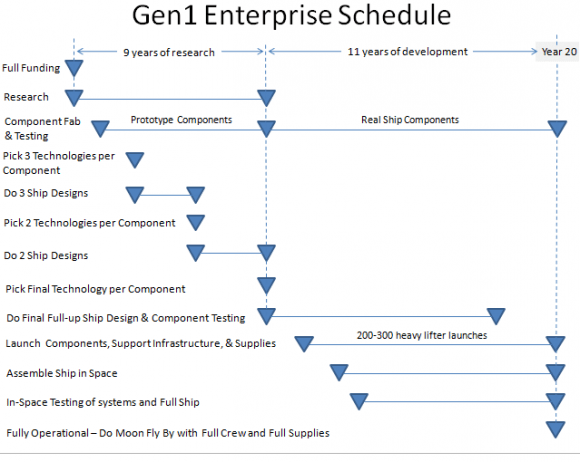
But he proposes not just one Enterprise-class ship, but multiple ships, one of which can be built every 33 years – once per generation – giving three new ships per century. “Each will be more advanced than the prior one. Older ships can be continually upgraded over several generations until they are eventually decommissioned.”
BTE Dan, who did not respond to emails, lists himself as a systems engineer and electrical engineer who has worked at a Fortune 500 company for the past 30 years.
The website includes a blog, a forum and a Q&A section, where BTE Dan answers the question, “What if someone can prove that building the Gen1 Enterprise is beyond our technological reach?”
Answer: “If someone can convince me that it is not technically possible (ignoring political and funding issues), then I will state on the BuildTheEnterprise site that I have been found to be wrong. In that case, building the first Enterprise will have to wait for, say, another half century. But I don’t think that anyone will be able to convince me it can’t be done. My position is that we can – and should – immediately start working on it.”
For the complete space nerd experience, check out Build The Enterprise.
Hat tip to Rand Simberg.

